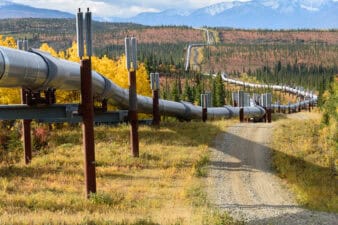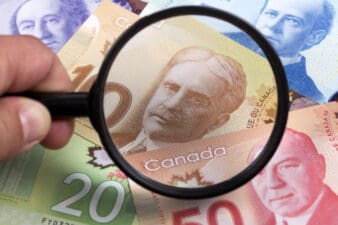Tax season is upon us, and Canadians are bracing for one of the most complicated tax filings they might ever have to submit. The Canada Revenue Agency (CRA) has offered several new benefits and implemented new rules over the past year. You and your accountant may have to repay some of the benefits, such as the Canada Emergency Response Benefit (CERB).
If you were one of the over eight million Canadians who applied for CERB in 2020 or are receiving CRB right now, here’s what you need to know.
CERB repayments
Before March 10, the CRA should be sending out a T4A slip to taxpayers who received CERB. The slip should mention the total amount of benefits received and the tax you may owe on it.
The amount you owe depends on a number of factors, including the total amount you received and your total income, excluding benefits, over the course of 2020. You may also avoid paying taxes on CERB if you returned the amount you received before December 31, 2020.
CRA backtracks
Since these rules and benefit programs were so new, the CRA hasn’t ironed out all the finer details. In some instances, the agency has had to backtrack on rules. Recently, the CRA updated rules regarding repayments for self-employed individuals and small-business owners.
Initially, these taxpayers were eligible for benefits if their net income exceeded $5,000 in 2019. However, this clause was miscommunicated, and some Canadians applied for the benefits, despite being ineligible. Now, the CRA has changed the clause to broaden eligibility to anyone who earned more than $5,000 in gross income in 2019.
This reversal could cut repayments for millions of Canadians. However, it also demonstrates how unpredictable tax policy can be. The government may have to change rules or implement new taxes without much notice. For Canadians, the best course of action is to set some money aside and invest it in secure assets to prepare for any eventuality.
Prepare for the future
A sudden tax liability is no different than any other unexpected expense or emergency. To protect you and your family, consider setting some money aside and investing it in robust stocks. Fortis (TSX:FTS)(NYSE:FTS) is usually my top pick for “safe-haven investments.”
Utility giants like Fortis operate in tightly regulated markets with unwavering demand. This near-monopoly position allows the company to make long-term investments with conviction and expect steady cash flows.
Fortis stock currently offers a 4.1% dividend yield. The stock price has been steady throughout the crisis last year, which proves its resilience. For most Canadian families, this robust stock could be a better option than any “high-interest” savings account. Investing a few thousand into Fortis could keep you better prepared for the next crisis or tax hike.
Bottom line
CERB applicants may have to pay taxes or repay their benefits this year. However, the CRA’s sudden shifts in tax policy create a risk Canadian taxpayers should always be prepared for. Investing in robust dividend stocks like Fortis could protect your personal finances over the long term.






